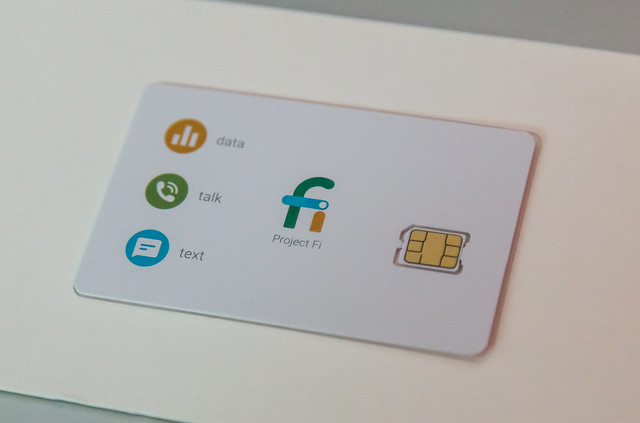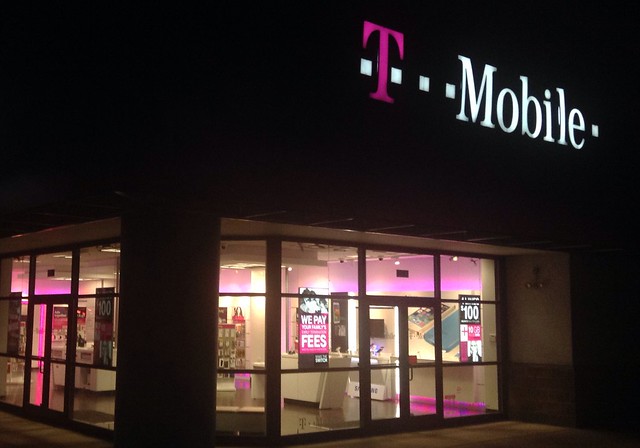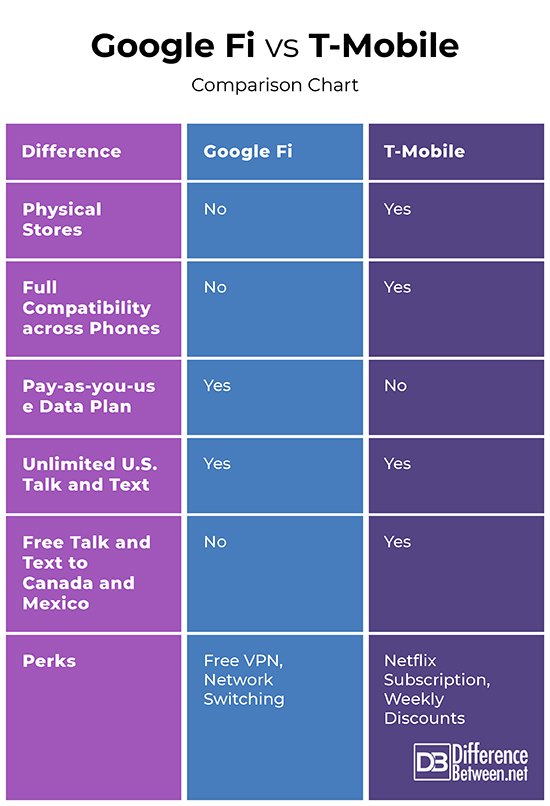Differences Between Google Fi and T-Mobile
What is Google Fi?
Google Fi, previously called Project Fi, is a unique wireless carrier service offered by Google. Google Fi gives users the ability to pay only for the data they use. As an Internet-based service, Google Fi doesn’t have physical stores or service towers, and rents spectrum space from traditional retailers. Google Fi’s defining characteristic is its pay-as-you-use plan that is aimed particularly at low
What is T-Mobile?
T-Mobile is a conventional retail carrier with physical stores. Its services are compatible with the entire cell phone market. T-Mobile brands itself as freeing customers from data plans and offers an everchanging array of customer perks.
Differences between Google Fi and T-Mobile
Data Plans included in Google Fi vs. T-Mobile
Google Fi plans begin at $20 a month. For each gigabyte you use, you will be charged another $10, but the amount will be adjusted for every 100MB before the next threshold. If you use 1.5GB in a month, for instance, you would be charged $15 on top of the base fee of $20. Google Fi caps charges between 6GB and 15GB used on a single line, so using data within that threshold doesn’t result in additional charges. Once you pass the 15GB limit within one month, however, you either start paying $10 per gigabyte again, or allow for your data to be throttled. Like T-Mobile, Google Fi discounts the price of additional lines, but adding lines also decreases the range where data charges are capped (from 6GB-to-15GB to 10GB-to-15GB, for example).
T-Mobile provides several levels of data plans. The basic plan costs $75 per month for unlimited data. Cheaper and more expensive plans are both available. After you use 50GB of data within one month, T-Mobile reserves the right to begin throttling your data consumption. While throttled, you will still have service, but it will be at a much slower pace than before for the rest of the month. T-Mobile also incentivizes family plans by lowering the flat rate for additional lines, and each line added raises the throttling cap by 50GB.
Text and Call Plans Google Fi and T-Mobile
Like most popular carriers, Google Fi offers unlimited calls and texts within the US, as well as free texts to other countries. For calls to and from Canada and Mexico, Google Fi charges a rate of $0.20 per minute.
T-Mobile offers free talk and text within the U.S., as well as to Canada and Mexico.
Compatible Phones
Google Fi has a varied level of compatibility with main-brand cell phones. Only a select few phones are fully compatible with all of Google Fi’s services and perks – Google Pixel (including Pixel 2 and 3), Android One Moto X4, Nexus 6P, and Nexus 5X. These phones can take advantage of benefits such as network switching and Google Fi’s free virtual private network (VPN). However, Google Fi is now also partially compatible with most main-brand cell phones, including both Android and Apple iOS devices. This lower compatibility means a user of any of these non-native devices will only be able to access T-Mobile towers and will not have access to the free VPN service.
As a leading retail service provider, T-Mobile is compatible with virtually the entire market of Android and iOS devices. T-Mobile is also a GRM network, meaning devices bought internationally will usually be compatible if brought to a T-Mobile store in the US to be added to your network.
Coverage
Google Fi does not have dedicated service towers, and instead rents service from T-Mobile, Sprint, and US Cellular. For users of Google Fi’s native phones (the Pixel, Nexus, and Android Moto X4), Google Fi will automatically switch between these available towers to find the best coverage. For all other users, Google Fi will only connect to T-Mobile towers. Customers also have access to all of Google Fi’s hotspots around the world, which makes international traveling cheaper than with a traditional carrier. Data used over Wi-Fi doesn’t count against your data plan, so accessible hotspots on-the-go can drastically reduce the price of a monthly plan.
T-Mobile has one of the largest service networks in the US. As Google Fi primarily accesses T-Mobile’s towers, most users will see identical coverage between T-Mobile and Google Fi, excluding Google hotspots.
Perks
Google Fi’s biggest perk is the free VPN service provided to users of native devices. Likewise, the automatic network switching between T-Mobile, Sprint, and US Cellular towers for native device users provides one of the largest potential networks available.
T-Mobile offers a variety of perks to customers. For T-Mobile One subscribers with two or more lines, T-Mobile includes a basic Netflix subscription and discounts more expensive Netflix packages. They also provide T-Mobile Tuesday, which gives users weekly discounts and giveaways on anything from restaurant coupons to free devices.
Google Fi vs. T-Mobile: Comparison Chart
Summary of Google Fi and T-Mobile
T-Mobile and Google Fi are two of the most unconventional carrier services available. Google Fi has no physical stores and doesn’t own services towers or spectrum space, while T-Mobile has done away with data plans.
- Google Fi has a pay-as-you-use data plan, making it perfect for customers who don’t use a lot of data. T-Mobile has a larger base fee but doesn’t charge per gigabyte of data, so for most customers T-Mobile’s plan will be cheaper.
- Google’s huge network of hotspots provides customers with free Wi-Fi around the world, and international texting is free between most countries. However, international calls are not free. T-Mobile is more expensive than Google Fi for frequent international travelers but offers free calls and texts to Canada and Mexico.
- Google Fi supports most devices, but only a handful of devices can use the carrier’s free VPN and optimized network switching. T-Mobile offers the same services across devices. Google Fi uses T-Mobile towers for its network and users of the few native devices can also access Sprint and US Cellular towers.
- Differences Between Google Fi and T-Mobile - August 18, 2019
- Differences Between LED Bulbs and LED Fixtures - June 1, 2019
- Differences Between McAfee and Kaspersky - April 22, 2019
Search DifferenceBetween.net :
Leave a Response
References :
[0]C. Scott Brown. “Google Fi vs T-Mobile: Which is right for you?” Android Authority. February 23, 2019. https://www.androidauthority.com/google-fi-vs-t-mobile-955307/
[1]Williams Pelegrin. “Phones compatible with Google Fi: What are your options?” Android Authority. March 26, 2019. https://www.androidauthority.com/compatible-google-fi-phones-929498/
[2]Deidre Richardson. “What Is Google Fi, and Is It Worth It?” Tom’s Guide. April 19, 2019. https://www.tomsguide.com/us/project-fi-faq,review-4530.html
[3]Image credit: https://www.flickr.com/photos/diversey/25109932164
[4]Image credit: https://www.flickr.com/photos/jeepersmedia/14991828566



